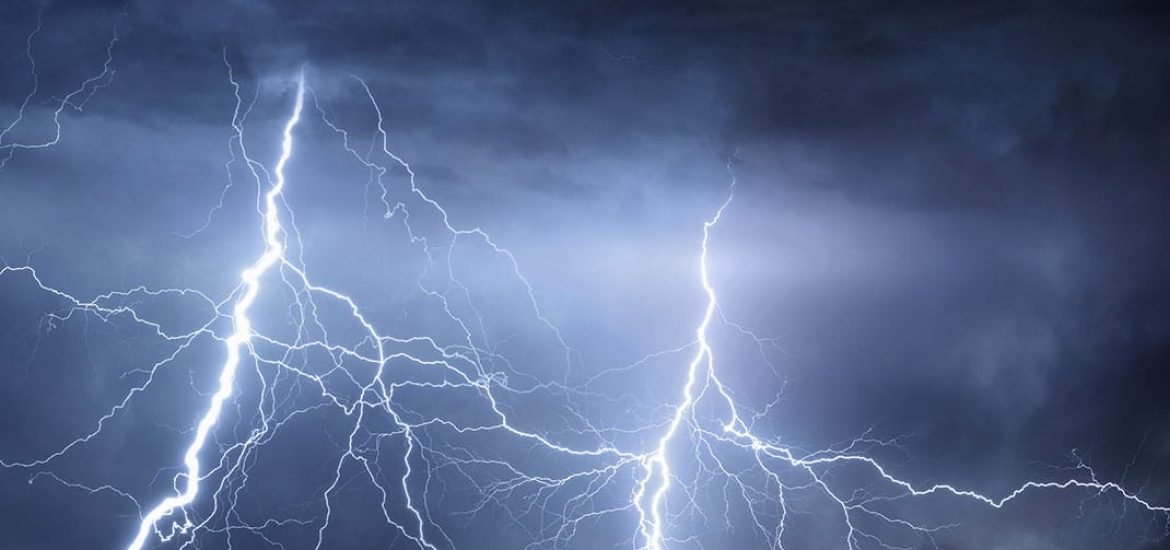
A recent Japanese experiment has shown that lightning bolts can cause nuclear reactions that create rare particles.
Can electrical storms create a nuclear reaction? It would seem so, according to a Japanese study published in the journal Nature. A team of geophysicists specialised in atmospheric and magnetospheric research was able to prove that gamma rays produced during a thunderstorm induce induced nuclear reactions. The discovery was made while studying a meteorological event on the coast of the Sea of Japan dating back to on February 6th 2017.
The radiation detection systems of the Kashiwazaki-Kariwa nuclear plant, next to the city of Niigat – where the storm happened – recorded surprising gamma flashes. The first one lasted less then one millisecond, the second a little under 10 seconds, and the third ray peak lasted about one minute. This would mean the gamma rays had enough power to interact with the nitrogen of the air, causing electron–positron annihilation, which represents unequivocal evidence that photonuclear reactions.
The same phenomenon happens in nuclear reactions in stars, as well as in uranium reactors and particle accelerators. In other words, the electric fields created in clouds during a thunderstorm behave in the same way as the first particle accelerators. The team of scientists, under the supervision of Kyoto university physicist Teruaki Enoto, has therefore successfully identified a natural phenomenon responsible for creating radioactive elements in the atmosphere – it is but the second ever to be observed.
Scientists have long known that thunderstorms can produce high-energy radiation. “In the early 90s, a group of Russian scientists foresaw that the electric field of a storm was strong enough to accelerate electrons”, according to Sébastien Célestin, university lecturer at Orleans university (France). However, no one was able to submit conclusive evidence of lightning bolts setting off atom-altering reactions. The Japanese team did.
“Since the radioactive elements created have such a short lifespan, and since they are only found in a very narrow space at a very low rate in comparison to their environment’s natural radioactivity, I think there is no need to fear for any health risk”, Pr Teruaki Enoto concludes.
This post is also available in: FR (FR)DE (DE)